Before I go on to talk about Caste Privilege, I want to reiterate three things I have said before about the horrendously pernicious and insidious caste system, the social system found in India and Nepal (see below).
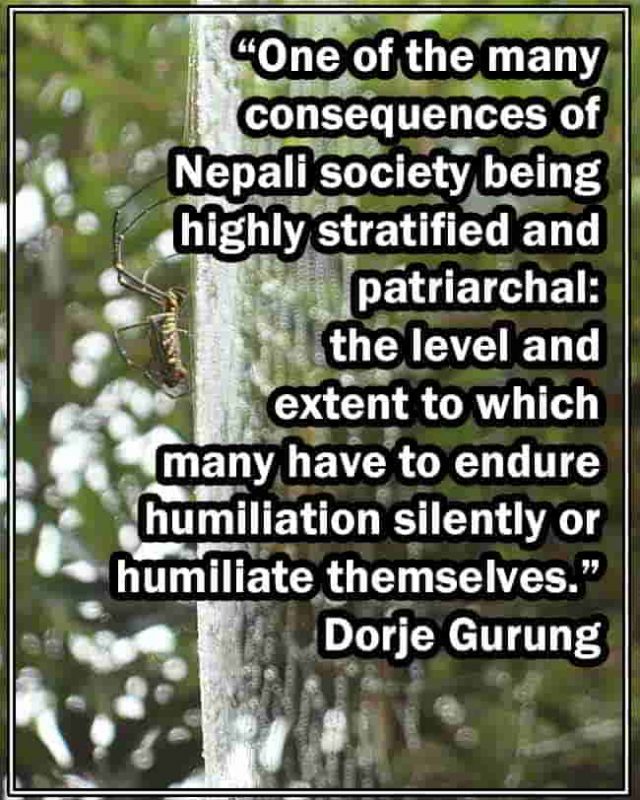
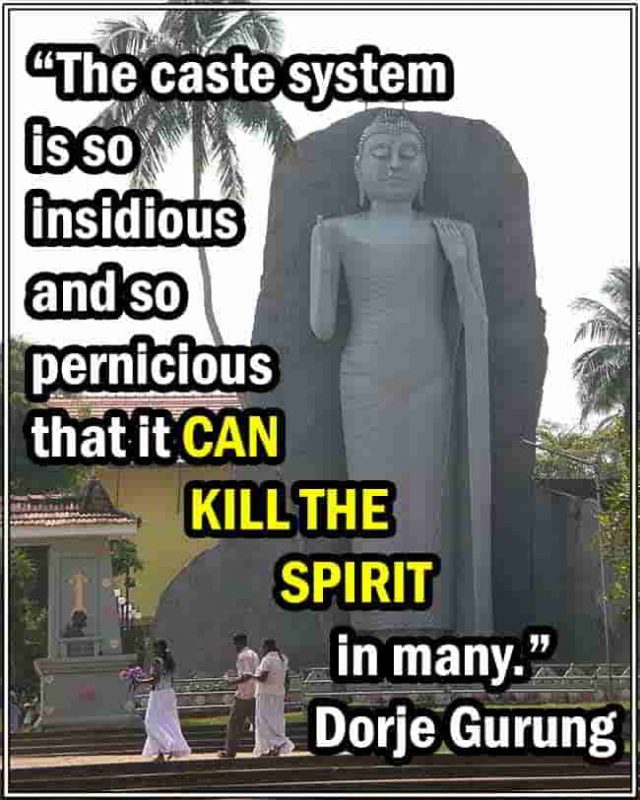
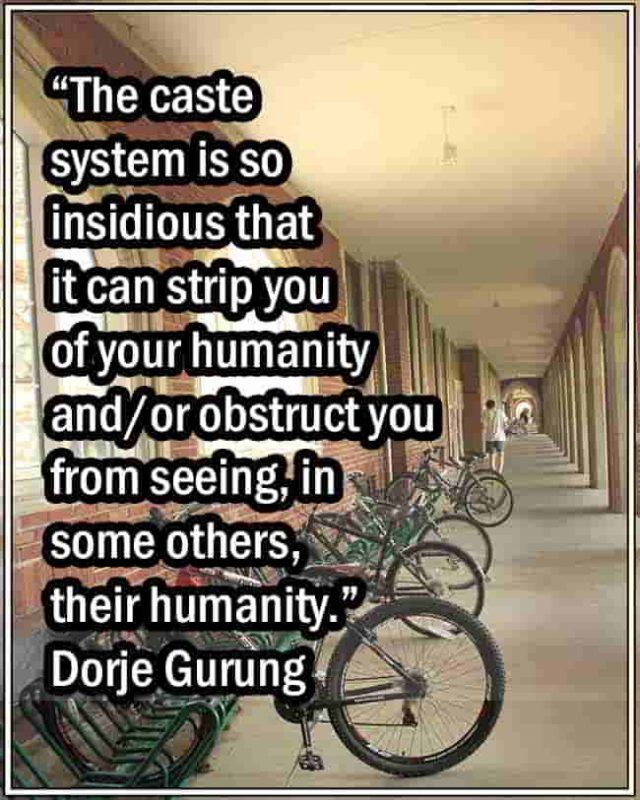
What is the caste system anyway? It’s a social system that divides the population up based on their ancestral or traditional occupation. In Nepal, it consists of five castes (see below).
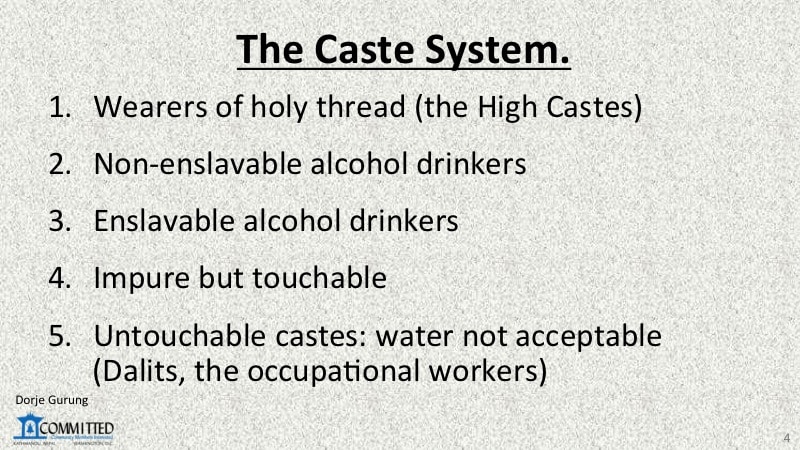
The caste system was even legally sanctioned by the constitution of the country from 1854 to 1963, for more than a century. How did that even happen? How was it even allowed to pass? Those in positions of power belonged to the Wearers of the Holy Thread (the so-called High Castes).
So, naturally, one would be compelled to ask, “How does the caste system make people humiliate themselves, live in shame, kill the spirit, and make people lose their humanity?” It does that by and in many ways. One way is by affording the so-called High Caste Hindus privileges, among other things.
I came across — on Twitter (known as X now) shared by an Indian user — these neat images summarizing those very privileges. I decided to turn it into a blog post because many in Nepal — both so-called High Castes and others — are NOT fully aware of them.
Of course, one of the MAIN reasons is our pathetically poor quality education in Nepal, both formal and informal. Forget educate the population about Nepal’s caste system, its social, political, and economic casteist history and its legacies — from which the country still suffers from immensely — our formal education system refuses to even recognize it for the major problem that it is.
The poor quality of formal education imparted to the population also means that those who graduate from schools and colleges are unable to think critically and educate themselves as adults on topics, subjects, and issues of import. My sense is that a large majority of Nepalis are not very knowledgeable about our casteist history and its legacies, forget about the meanings of important terms and concepts such as structural inequality, structural inequity, structural discrimination etc. Privilege or caste privilege or structural privilege is another one that many struggle with.
So, what is caste privilege? Reproduced below, from this twitter thread on the subject, are answers to just that question. (Where it says India, all you have to do is replace it with Nepal.)
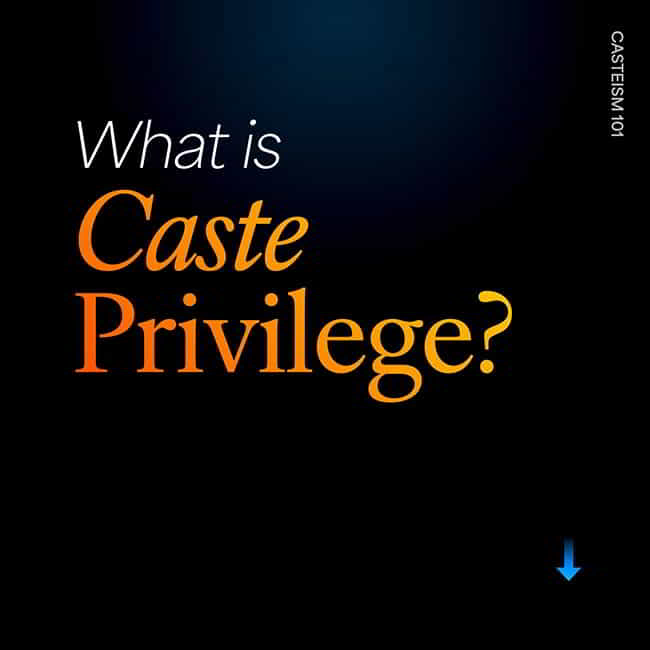
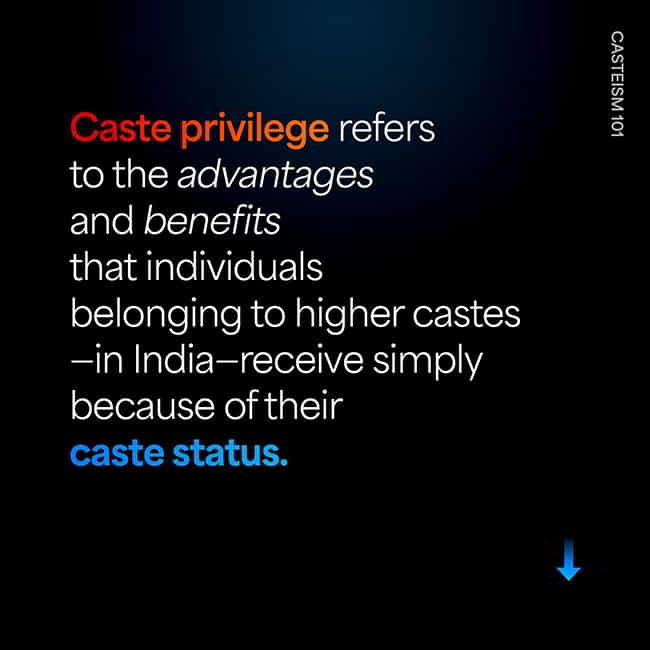
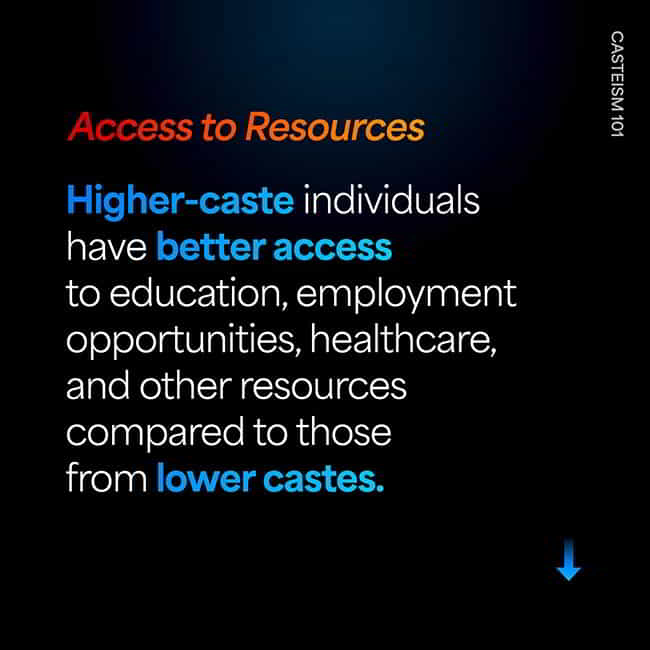
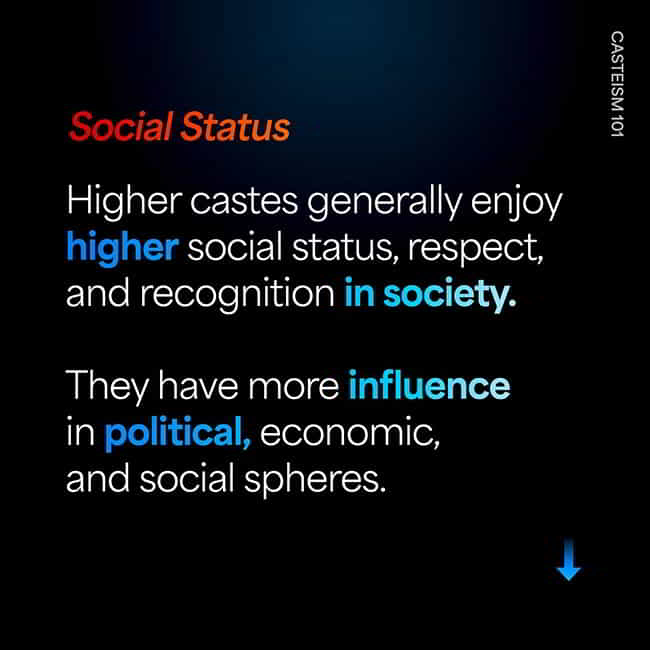
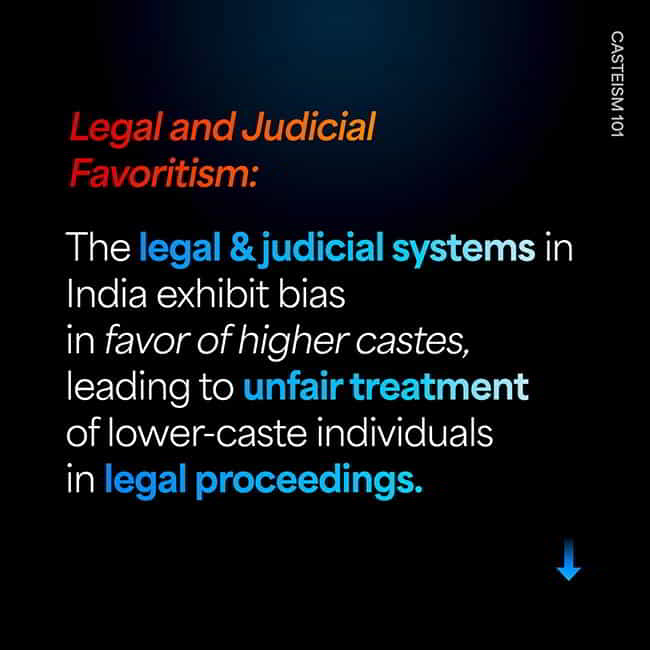
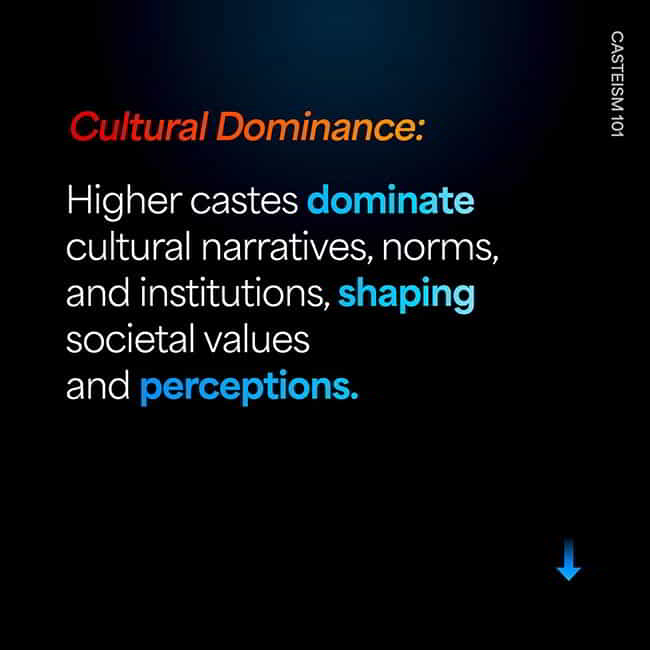
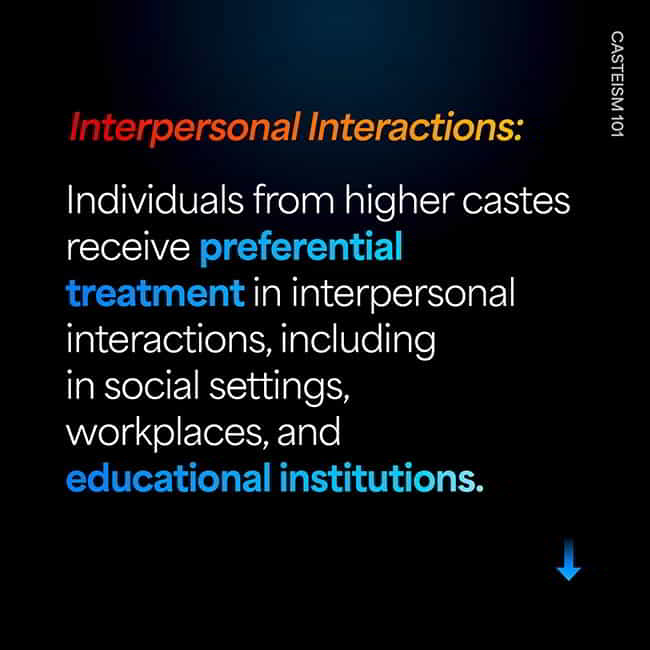
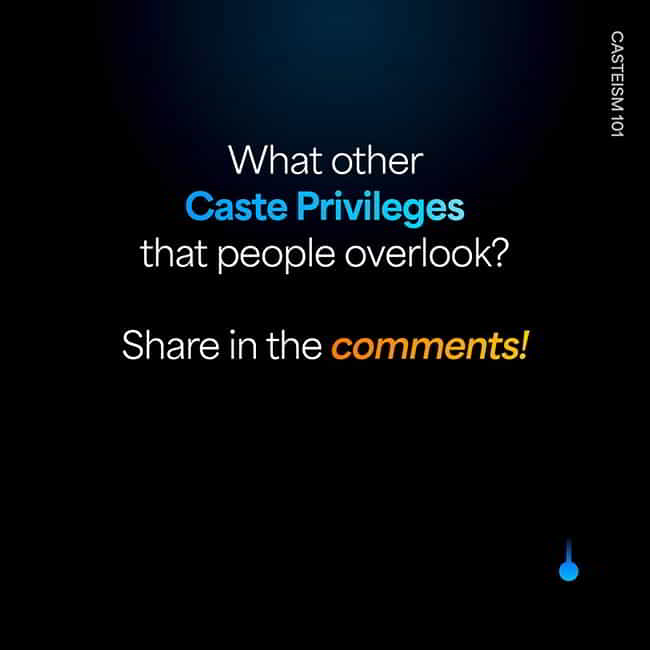
(Living and working in Nepal for most of the last eleven years, after spending most of the preceding twenty-five years abroad, as a non-High Caste, yes, I have suffered in Nepal in many ways and on many fronts including from Nepalis’ prejudiced perception of and attitudes towards the likes of me — a lower caste flat- and round-faced ethnic Tibetan, pejoratively referred to as a Bhote in Nepali.)
If you are a hill so-called High Caste Hindu from Nepal and are actually interested in how much (structural) privilege you enjoy, or benefit from, or if you are NOT and are interested in learning how disadvantaged you are because of your caste, do this exercise.
What do you think?
